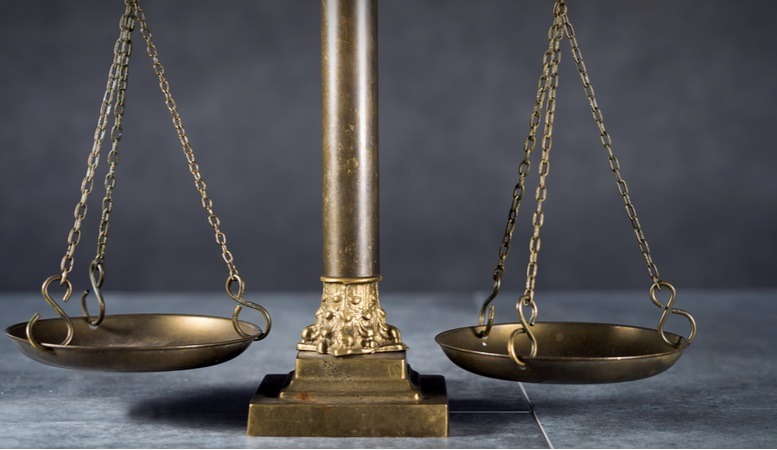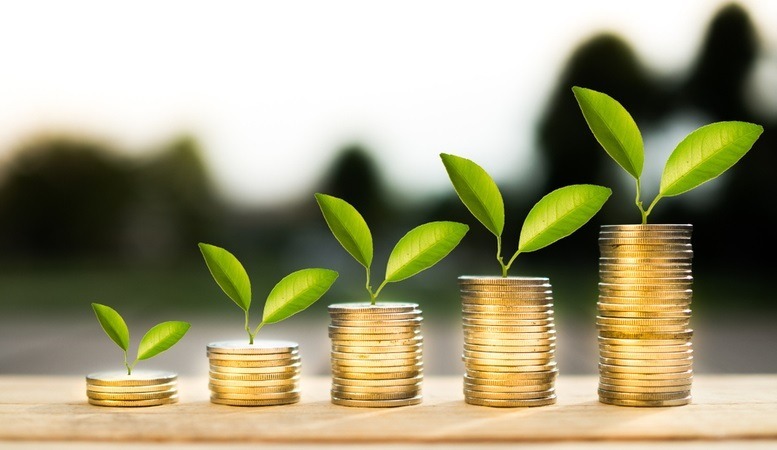During tumultuous financial periods when the market is anything but certain, investors flock to the precious metals market as a safe, low-risk option for diversifying their portfolios. Specifically, seasoned investors and hard-asset enthusiasts pay close attention to the gold-silver ratio, which dictates the market strategy of many business owners and entrepreneurs.
Many investors closely monitor this ratio to determine how they wish to diversify the amount of precious metal in their portfolios. As the demand for silver remains constant and financial circumstances shift the market landscape rapidly, is silver playing catch-up to gold?
The Gold and Silver Price Ratio
The gold-silver ratio generally refers to how many ounces of silver it takes to purchase one ounce of gold. The use and practicality of this ratio are highly contentious, especially given how often it fluctuates. Historically, governments established a fixed ratio to maintain monetary stability, but the 20th Century saw the end of this era and the rejection of the gold standard by the United States.
In the modern free market, the prices of gold and silver fluctuate independently, with the ratio changing all the time and rarely staying the same for long. Still, the rapid shift in the ratio doesn’t prevent investors from using it to their advantage.
Why the Gold-Silver Ratio Matters
Is silver playing catch-up to gold? It may seem challenging to determine the answer when the gold-silver ratio changes so frequently. However, despite its constant fluctuation, the ratio still allows for more strategic investment.
Currently, the precious metals market is a bull market, meaning that the price of assets is continually rising for at least one, if not multiple, precious metals. Many investors are taking advantage of that by buying silver shares and tracking the price of silver bullion, playing the long game with their investments as the prices continue to rise and change.
If investors can anticipate how and when the ratio will change, they can make a profit regardless of whether the prices of each metal rise or fall. By purchasing the metal for which the price will likely increase and selling assets of the other, investors can maintain long and short positions in the market to maintain and increase profits.
What Drives Silver and Gold Prices?

Ever-changing market dynamics make tracking the prices of the silver trade challenging. Likewise, the COVID-19 pandemic has significantly disrupted global supply demands, making this a particularly unprecedented time for investing.
Beyond the consequences of a global pandemic, many factors affect the price of gold and silver. Each of these factors is intrinsically related to the others. A better understanding of these factors can help investors prepare for price movement.
Supply and Demand
In the case of silver, supply is typically limited, but the demand for this precious metal is constant. In addition, any perceived change in supply and demand often disproportionately affects the price.
Is silver playing catch-up to gold? It’s hard to say for certain, but silver’s more frequent volatility makes some experts think it may soon outperform gold in the market. Likewise, while gold is generally more expensive, a higher demand for silver exists globally, which may affect the prices as the market shifts.
Technology
Silver is unique in its properties, in that many pieces of technology use it as an irreplaceable component of construction. This need for silver in new and existing technology increases, or at least maintains, the demand for it across several industries, ultimately affecting the price depending on where and when manufacturers need it.
Conversely, some manufacturers are replacing silver with other metals, such as aluminum alloys and stainless steel. In turn, silver is no longer a necessary component for these manufacturers, which also affects the price in the opposite direction.
Still, the increased need for green energy requires silver for solar technology, so the demand for silver in tech manufacturing will remain constant for the foreseeable future.
Inflation
Inflation can be quite troublesome for investors’ portfolio value. Like gold, investors use silver as a hedge against inflation, protecting themselves from dramatic losses when inflation devalues the U.S. dollar. In times of financial uncertainty, the demand for silver may increase as investors look for safe bets to protect their interests.
The Market Relationship of Gold and Silver
The actual value of the gold-silver ratio is up for debate, but there’s no denying the historical market relationship between gold and silver. When gold prices change, silver usually follows.
Experts calculate the gold-silver ratio by dividing the price of gold by the price of silver, and given how frequently these prices change, the application of the ratio shifts as well, offering different insights for investors.
Government Policies
Government policies continuously influence the silver trade. Gold remains the preferred metal for reserves, but central banks all over the globe still purchase and sell silver bullion. Likewise, government mints like the U.S. Mint use a significant portion of the available supply of silver for coinage and bullion production.
Our Expectations for the Future

The pandemic caused an increased interest in gold and silver due to the uncertainty of traditional markets. As a result, we will likely see an increase in industrial manufacturing, which benefits silver specifically.
While silver mining supplies a significant portion of the world’s silver, silver is usually a by-product of other types of mining. When miners pursue other metals such as gold or copper and produce silver as well, it’s known as “secondary production.” According to the Silver Institute, 74% of the silver produced in 2018 resulted from this secondary production method.
As industrial manufacturing increases, so will the supply and demand of silver, affecting its price and position in the market. Is silver playing catch-up to gold? It’s not yet certain, but market trends suggest that the bull market of precious metals will continue to thrive. Investors will continue to use them to increase their portfolio value.
Contact Us at Oxford Gold Group
At Oxford Gold Group, we can help you invest in both silver and gold IRAs to diversify your investment portfolio. Contact us at Oxford Gold Group at (844) 446-0639 to get started.








